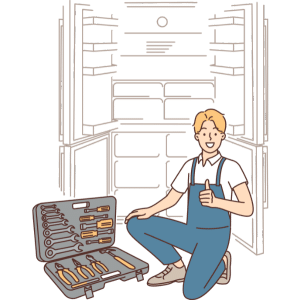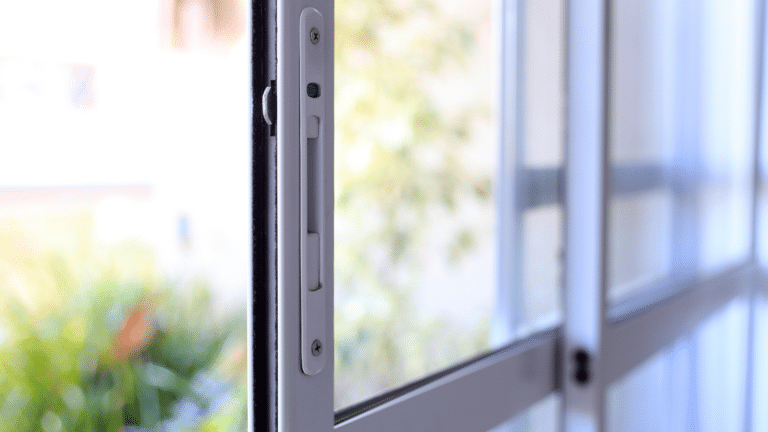Step-by-Step Guide to Repairing a Sliding Door Lock
- Identify the issue with the sliding door lock, whether it’s stuck, loose, or malfunctioning.
- Gather the necessary tools for the repair, such as a screwdriver, lubricant, and replacement parts if needed.
- Remove any obstructions or debris from the lock mechanism.
- Tighten loose screws and bolts on the lock and door frame.
- Lubricate the lock mechanism to improve its functionality.
- Test the sliding door lock to ensure it’s working correctly after the repair
Below is more detailed about the steps.
Identifying the Problem
Before beginning the repair process, it’s important to identify the specific issue with the sliding door lock. Common problems include:
- Difficulty turning the key
- Misalignment of the locking mechanism
- Worn-out or damaged components
- Loose screws or bolts
- Rust or debris in the lock
Necessary Tools
To effectively repair a sliding door lock, you will need the following tools:
- Screwdriver (Phillips and flathead)
- Lubricant (such as WD-40)
- Replacement parts (if necessary)
- Pliers
- Cleaning brush
Repairing the Sliding Door Lock
Step 1: Remove the Lock Mechanism
- Use a screwdriver to remove the screws holding the lock mechanism in place.
- Carefully pull out the lock mechanism from the door.
Step 2: Clean and Lubricate
- Use a cleaning brush to remove any dirt, rust, or debris from the lock mechanism.
- Apply a generous amount of lubricant to the moving parts of the lock to ensure smooth operation.
Step 3: Check for Misalignment
- Inspect the alignment of the lock mechanism and the strike plate on the door frame.
- If misaligned, use pliers to adjust the position of the strike plate for a proper fit.
Step 4: Replace Worn-Out Components
- If any components of the lock mechanism are worn out or damaged, replace them with new parts.
- Ensure that the replacement parts are compatible with your specific sliding door lock model.
Step 5: Reassemble the Lock Mechanism
- Carefully insert the repaired or replacement lock mechanism back into the door.
- Secure it in place by tightening the screws with a screwdriver.
Step 6: Test the Lock
- Insert the key and test the lock to ensure that it operates smoothly.
- If necessary, make further adjustments to the alignment or lubrication of the lock.
Tips for Success
- Regular maintenance of sliding door locks can prevent issues from arising.
- When handling small parts, work on a clear, well-lit surface to avoid misplacing or losing components.
- If you encounter complex issues or are unsure about the repair process, consider seeking professional assistance.
By following these step-by-step instructions and utilizing the necessary tools, you can effectively repair common issues with sliding door locks, ensuring smooth and secure functionality for your sliding doors.
We hope this guide has been helpful, and we wish you success in your sliding door lock repair endeavors!
FREQUENTLY ASKED QUESTIONS
What are some tips for improving the security of my sliding door lock?
To enhance the security of your sliding door lock, consider installing additional security measures such as a secondary lock or reinforcement devices. Additionally, ensure that the door frame and track are sturdy and secure to prevent forced entry attempts.
How often should I maintain my sliding door lock to prevent issues?
Regular maintenance of your sliding door lock is essential to prevent issues and ensure smooth operation. Perform routine cleaning, lubrication, and inspection of the lock mechanism at least once a year, or more frequently if you notice any signs of wear or difficulty.
Can I replace the sliding door lock myself, or should I hire a professional?
Replacing a sliding door lock can typically be done as a DIY project, especially for simple latch or cylinder replacements. However, for more complex issues or if you’re unsure about the process, it’s advisable to consult a professional locksmith for assistance.
What should I do if my sliding door lock is loose or wobbly?
If your sliding door lock is loose or wobbly, tighten any loose screws or hardware using a screwdriver. If the problem persists, consider replacing worn-out screws or adding additional support, such as shimming or installing a reinforcement plate.
How can I fix a jammed sliding door lock?
To fix a jammed sliding door lock, start by cleaning the lock mechanism and lubricating any moving parts. Check for debris or obstructions inside the lock and remove them carefully. If necessary, adjust the alignment of the door to ensure smooth operation.
What tools and materials do I need to repair a sliding door lock?
Depending on the issue, you may need basic tools such as screwdrivers, pliers, lubricant, and replacement parts like screws or springs. Additionally, having a flashlight and a ruler or measuring tape can be helpful for inspection and measurement.
How can I diagnose the problem with my sliding door lock?
Start by inspecting the lock mechanism for any visible signs of damage or obstruction. Check if the door is properly aligned and if there are any loose screws or hardware. Additionally, test the operation of the lock to identify any sticking or resistance.
What are the common issues with sliding door locks?
Common issues with sliding door locks include jamming, misalignment, worn-out components, and broken mechanisms. These issues can lead to difficulty in locking or unlocking the door.


